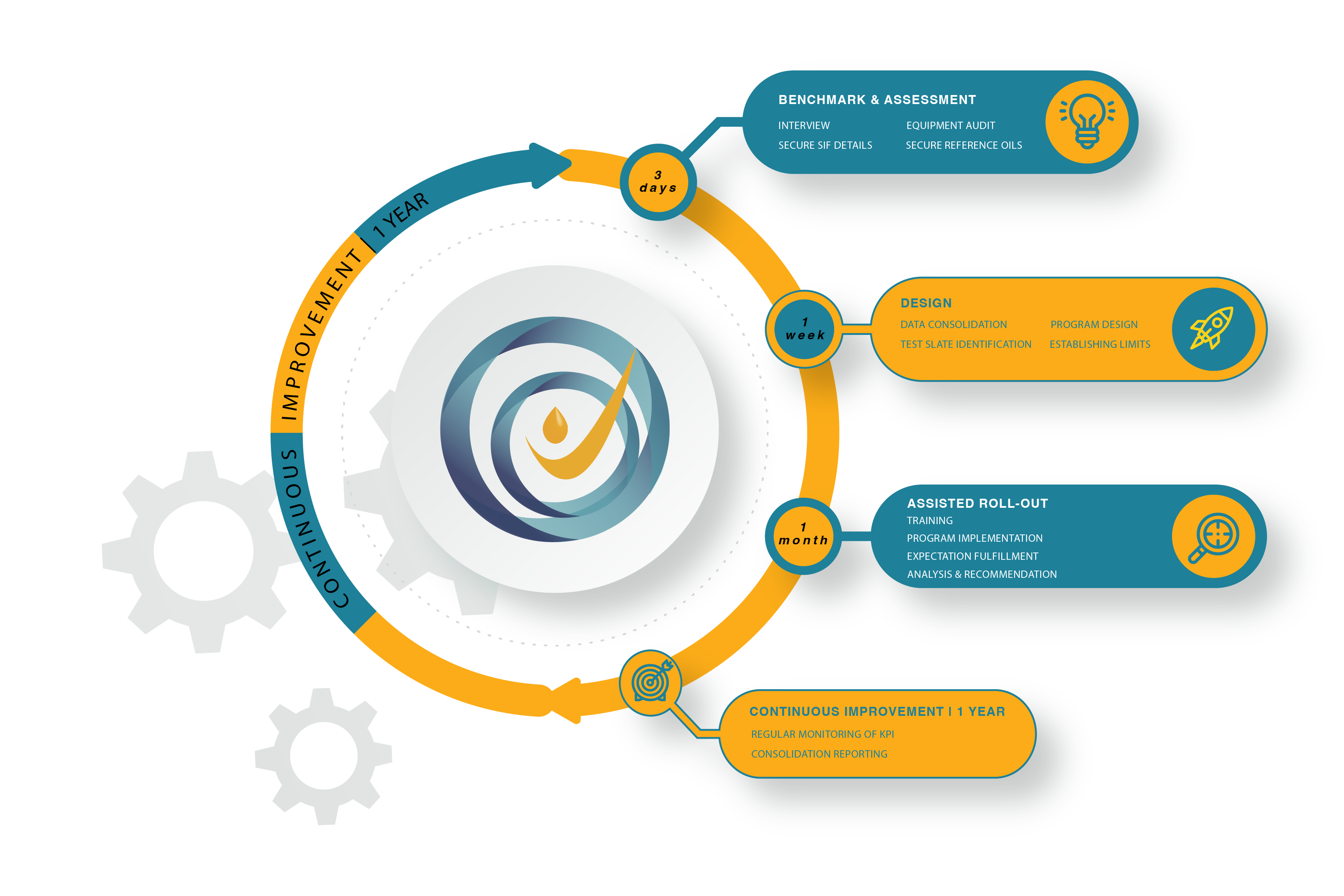In today's highly competitive business landscape, companies must find ways to improve t A Guide to Sustainable Continuous Improvement heir performance and efficiency continuously.
This is where a Continuous Improvement Plan (CIP) comes in. A CIP is a structured approach to identifying and addressing operational inefficiencies, optimizing processes, and enhancing product or service quality. It is a framework for making incremental, sustained improvements to a company's operations, resulting in significant efficiency, productivity, and profitability gains. In this article, we will explore the benefits of a CIP and the steps involved in creating and implementing one.
This article is designed for business leaders, managers, and professionals seeking to implement a structured, data-driven approach to identify and address operational inefficiencies, reduce waste, and drive sustainable growth. Whether you're just starting to explore the concept of continuous improvement or looking to take your organization's performance to the next level, this article will provide you with the information and tools you need to succeed.
Benefits of Implementing a Continuous Improvement Program
Implementing a CIP can have a range of benefits for an organization. Here are some of the most significant advantages:
- Increased Efficiency: A CIP can help organizations become more efficient and reduce waste by identifying and addressing inefficiencies in processes and procedures.
- Improved Quality: By focusing on continuous improvement, organizations can enhance the quality of their products or services, leading to increased customer satisfaction and loyalty.
- Enhanced Employee Engagement: A CIP can increase team member engagement and motivation by involving employees in the improvement process, improving productivity and job satisfaction.
- Increased Innovation: By continually seeking opportunities for improvement, organizations can foster a culture of innovation, leading to new and improved products, services, and processes.
- Cost Savings: A CIP can help organizations reduce costs and increase profitability by reducing waste and improving efficiency.
Creation and Implementation
Now that we understand the benefits of a CIP, let's explore the steps involved in creating and implementing one.
Step 1: Set Clear Goals
The first step in developing a CIP is to set clear goals. These should be specific, measurable, achievable, relevant, and time-bound. For example, a goal might be to reduce production defects by 50% within the next six months.
Step 2: Gather Data
The next step is to gather data to identify areas for improvement. This may involve analyzing customer feedback, conducting surveys, or reviewing operational metrics.
Step 3: Analyze the Data
Once the data has been gathered, it is essential to identify the root causes of any problems or inefficiencies. This may involve using process mapping, Pareto charts, or fishbone diagrams to visualize the data and identify patterns.
Step 4: Develop Solutions
Based on the data analysis, the next step is to develop targeted solutions to address the root causes of the identified problems. This may involve brainstorming sessions, cross-functional teams, or other collaborative approaches to generate ideas and develop action plans.
Step 5: Implement the Solutions
Once the solutions have been developed, it is time to implement them. This may involve communicating the changes to all affected employees, providing training and support, and establishing systems to monitor and measure the results.
Step 6: Monitor and Evaluate Progress
Once the solutions have been implemented, monitoring and evaluating their effectiveness is essential. This may involve tracking key performance indicators (KPIs), conducting team member surveys, or soliciting customer feedback.
Step 7: Sustain the Improvements
Finally, it is essential to sustain the improvements over the long term. This may involve incorporating the changes into standard operating procedures, providing ongoing training and support, and continually seeking opportunities for further improvement.
CRE Philippines Proven Process

Now that you know about the benefits and steps involved in creating a CIP, it's time to consider how to implement one for your organization. Ready to take your organization's performance to the next level? Implement your Oil Analysis Program with CRE Philippines' proven process.
Step 1: Benchmark and Assessment
Our three-day assessment process involves interviewing key stakeholders, conducting an equipment audit, and gathering data on your reference oils to establish baselines.
Step 2: Design
With the collected data, we will consolidate information, design a program, identify a test slate, and establish limits.
Step 3: Assisted Roll-out
Our one-month assisted roll-out phase involves training your team, implementing the program, fulfilling expectations, and analyzing results to provide recommendations.
Step 4: Continuous Improvement
Finally, we'll monitor key performance indicators and provide regular consolidation reporting to ensure that your organization sustains the improvements and reaps the benefits of a structured, data-driven approach to continuous improvement.
Contact CRE Philippines today to learn how they can help you achieve your goals.
Source:
Groover, B. (n.d.). Executing a Continuous Improvement Plan. ReliablePlant. https://www.reliableplant.com/Read/29137/continuous-improvement-plan


